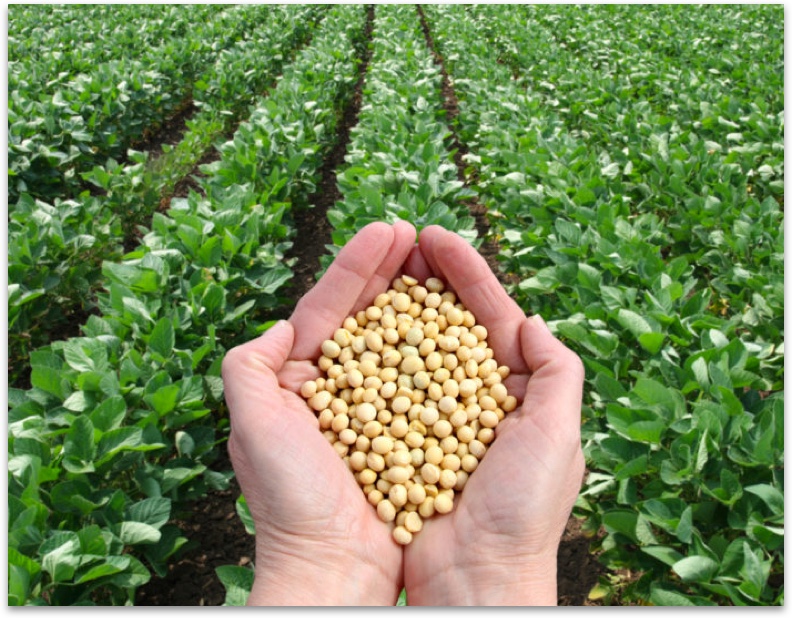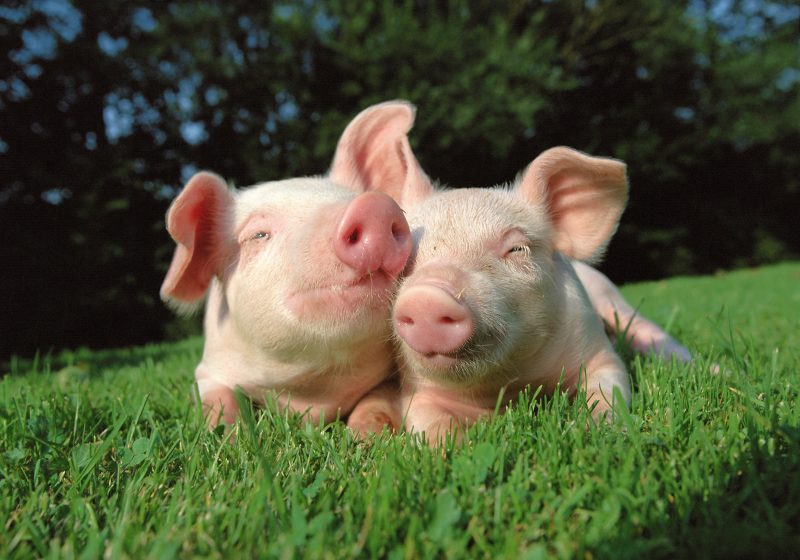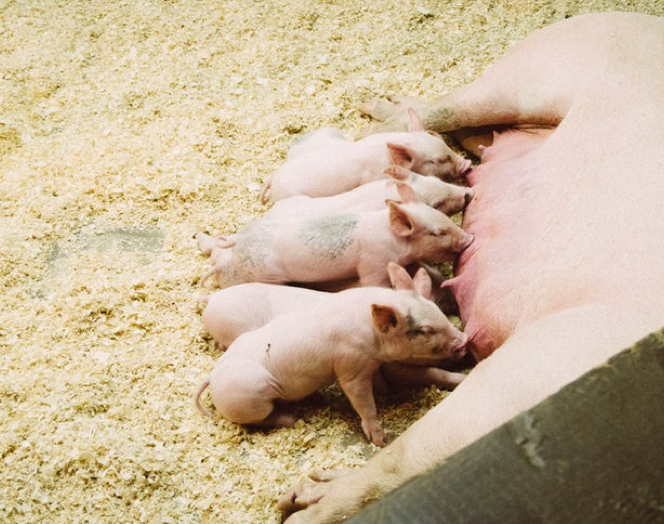CAN VITAMIN E BE REDUCED OR REPLACED IN LIVESTOCK FEED ?
Vitamin E is an expensive type of vitamin, and at times, it can be very costly. Therefore, most premix and animal feed manufacturers maintain strict control over supplementing vitamin E. With many years of experience working as an on-site nutrition expert, I have observed that the feed often contains only half the recommended amount of vitamin E as suggested by the National Research Council (NRC) for monogastric animals.
 Oils and various types of grains are rich sources of vitamin E.
Oils and various types of grains are rich sources of vitamin E.
As I predicted, such a feeding regime has caused serious issues, and therefore, manufacturers need to seek consulting advice. Additionally, I have also experimented with using vitamin E at very high levels (up to 10 times higher than the NRC recommendations), without clear reasons or beneficial results, which incurred significant costs for the farmers. There are debates surrounding the use of vitamin E, and I believe it is crucial to establish the right vitamin E supplementation at the appropriate developmental stage, feeding regimen, and purpose. Below are six critical aspects related to vitamin E supplementation that nutrition experts should keep in mind when setting the specifications for this costly nutrient in the feed.
1. Antioxidant vitamins
If we only mention the main function, the primary role of vitamin E is a powerful antioxidant. Oxidation is a natural process due to normal metabolic activities in all living organisms. It is an unavoidable side effect, so organisms use antioxidants to protect their bodies. Vitamin E is a fat-soluble vitamin, acting as an antioxidant within the cell structure - primarily safeguarding the lipid-rich cell membrane from damage caused by oxidation (oxidative stress). On the other hand, selenium and vitamin C mainly function as external antioxidants, operating in the extracellular fluid and the spaces between cells.
2. Antioxidant system
Vitamin E is part of a large system of antioxidants, consisting of various compounds. In some cases related to oxidative stress, animals may require both vitamin E and selenium as they can be deficient when disease occurs. Such diseases include edema, liver necrosis, and muscular dystrophy. Here, there seems to be an interaction effect between vitamin E and selenium, along with vitamin C. Although animals have the ability to produce sufficient amounts of vitamin C (unlike humans) to meet their normal requirements, some studies have indicated benefits from additional supplementation of vitamin C from external sources. Could this arise due to undetected vitamin E deficiency?
3. Needs and benefits.
The usual requirements for maintenance and growth are specified in the NRC recommendations mentioned above. However, super-nutrient supplementation (at least 2 times the minimum nutritional level) has been demonstrated to significantly improve growth and animal health. For example, additional supplementation of vitamin E is recommended for laying hens and pregnant sows with signs of liver and kidney issues. This also applies to young animals with low immune system status. Furthermore, diets prone to strong oxidation (containing high levels of polyunsaturated fatty acids - PUFA, or generally rancid fats) may require additional vitamin E supplementation. Successfully resolved joint problems related to arthritis, caused by joint swelling, have been achieved with diets supplemented with vitamin E. As the oxidation process is a factor in aging, adding vitamin E to the diet of breeding animals can extend their productive lifespan. Therefore, it is crucial to carefully coordinate the technical parameters in the diet with the expected nutrient supplementation needs for maintenance and growth.
4. Loss, natural, and synthetic.
The natural source of vitamin E in feedstuffs is always variable, and it is also influenced by the manufacturing process. As a fat-soluble vitamin, vitamin E binds to the fat portion of the ingredients. Therefore, ingredients like whole soybeans and wheat germ are rich sources of vitamin E. However, in finely ground ingredients, where the fat portion is exposed to oxidation in the environment, natural vitamin E depletion can occur. Additionally, vitamin E, and vitamin E supplements in particular, are sensitive to organic acids. In the future, as organic acids become a common component in the diet of monogastric animals, it may be necessary to reassess the level of vitamin E supplementation in the diet to avoid deficiencies.
5. Which form of vitamin E is the best?
Vitamin E exhibits its activity through tocopherol and tocotrienol compounds. Each compound exists in several isomeric forms, and these isomers differ significantly in their biological activity among the compounds within each group. An international system has standardized the biological activity of vitamin E sources, expressing the biological activity and vitamin E requirements in International Units (IU), with 1 IU equivalent to the activity of 1 mg of DL-alpha-tocopheryl acetate. The alpha-tocopherol isomers are the most nutritionally important group. These compounds are abundant in green leaves and ingredients such as wheat germ, safflower oil, and sunflower oil. Conversely, gamma-tocopherol is plentiful in corn and soybean oil.
6. Compare natural antioxidants with vitamin E.
Natural antioxidants such as certain polyphenolic compounds are present in the form of extracts or as part of specific ingredients. These compounds exhibit potent antioxidant effects and can help conserve or replace the role of vitamin E. In fact, during periods when the price of vitamin E becomes expensive, the use of these additives has increased. There is a substitution factor (e.g., x mg of polyphenol from this source equals y IU of vitamin E), but this formula varies for each product because not all polyphenolic compounds are the same (in reality, polyphenols constitute a large and diverse group of compounds). Moreover, research is still ongoing, and specific results are yet to be obtained, but promising outcomes have been seen. In general, at least a small portion of vitamin E can be replaced by these additive products, especially when the vitamin is applied at super-nutritional levels.

 general@minhanhxnk.com
general@minhanhxnk.com



